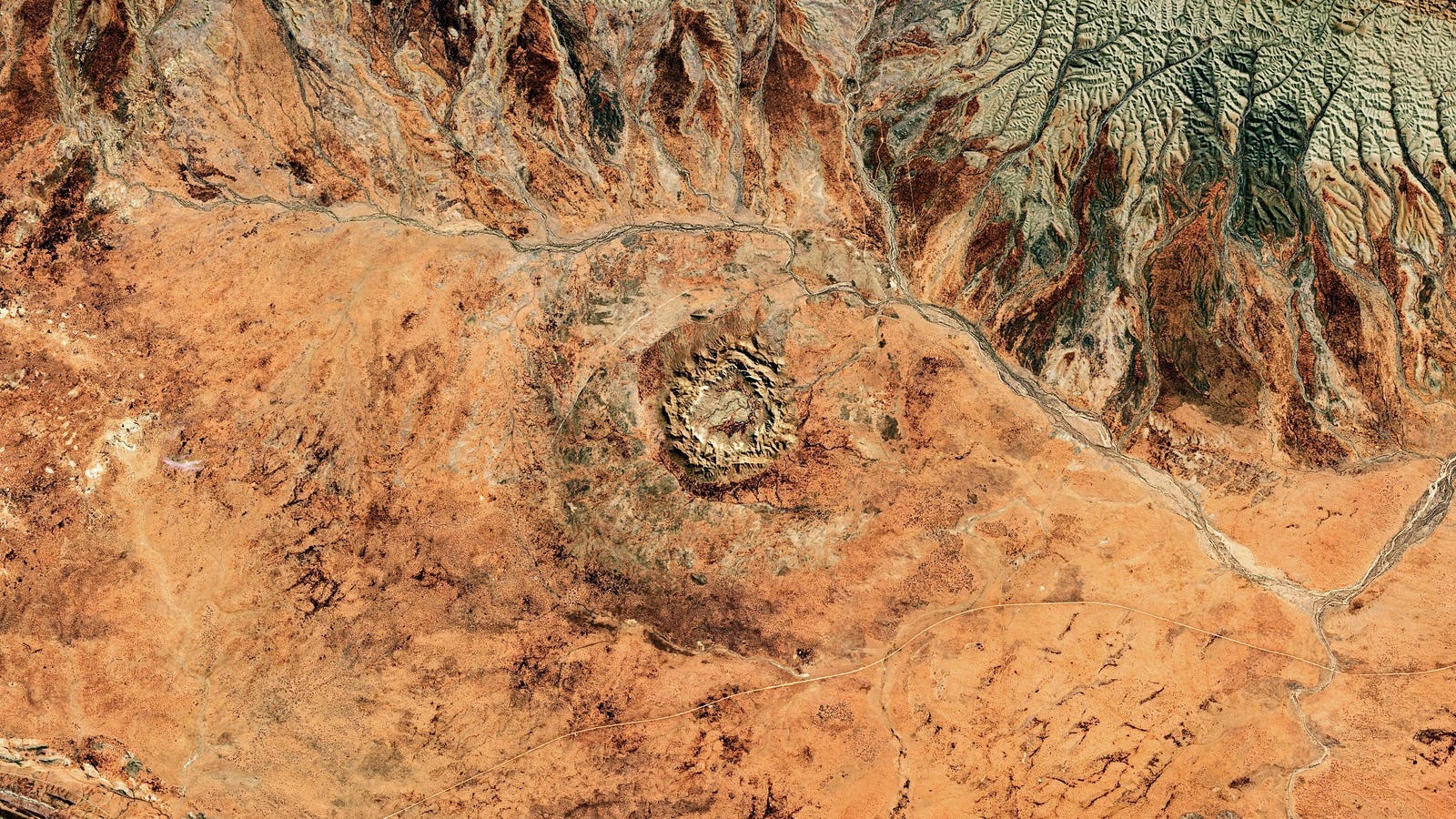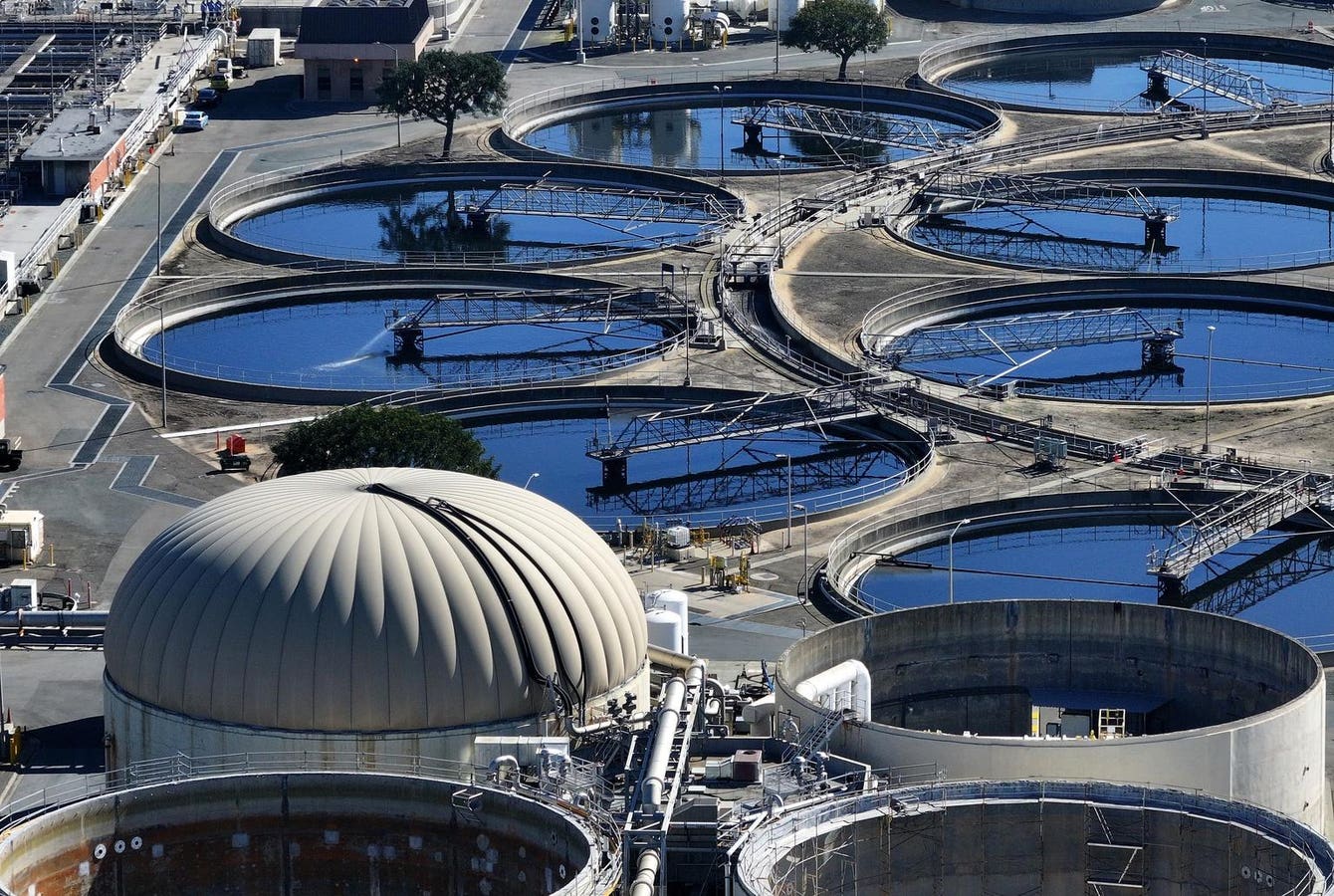A satellite image of Gosses Bluff Crater located near the center of Australia. The crater is … More
In March 2025, researchers from the Curtins School of Earth and Planetary Sciences and the Geological Survey of Western Australia announced the discovery of Earth’s oldest impact crater, located in the very heart of the Pilbara region of Western Australia. Based on their field investigations, the crater formed about 3.5 billion years ago, making it the oldest known by more than a billion years — the previous record holder being the Vredefort structure in South Africa.
However, a new study challenges the initial findings by reassessing the age of the impact crater.
As study authors Aaron J. Cavosie, Professor for Earth and Planetary Sciences, Curtin University, and Alec R. Brenner, Postdoc at Yale University, write for the online magazine The Conversation, they discovered geological evidence suggesting the impact happened almost one billion years later than previously thought.
Both studies mapped the distribution of shatter cones, cone-shaped branching structures forming at the moment of impact, when shock waves shatter the bedrock.
Example of shatter cones preserved in limestone.
The first study discovered shatter cones in 3.47 billion year-old sediment layers, deducing that the impact happened over 3 billion years ago. However, a more recent field survey discovered shatter cones also in lava covering the sediment layers, and therefore of younger age.
The impact had to occur after the formation of the youngest rocks that contained shatter cones, meaning sometime after the 2.77-billion-year-old lavas.
The authors of the new study also propose to name the crater “Miralga impact structure,” after the Aboriginal name of the region.
The study,” Geology and Mars analog potential of the <2.7-billion-year-old Miralga impact structure, North Pole Dome, Pilbara Craton, Australia,” was published in the journal Science Advances.









